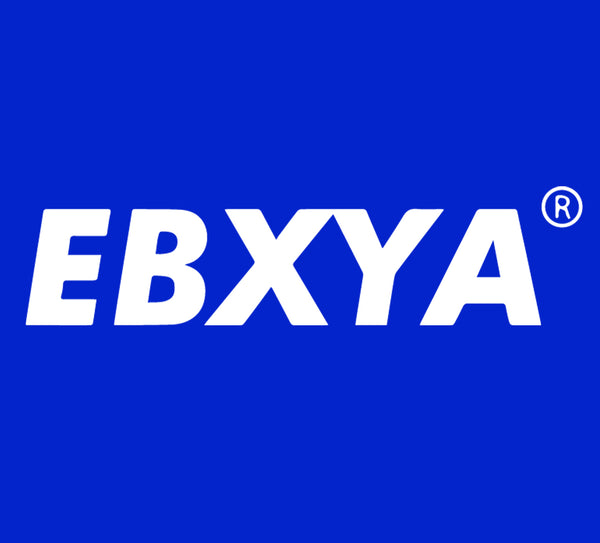
Exploring Guitar Soundfonts
Share
Soundfonts are a popular tool among musicians and producers for adding realistic instrument sounds to their compositions. In this blog post, we'll delve into the world of guitar soundfonts, discussing what they are, how they work, and how you can use them to enhance your music production.
What Are Guitar Soundfonts?
Soundfonts are digital audio files that contain samples of real instruments. These samples are stored in a specific format that allows them to be triggered and played back using MIDI data. Guitar soundfonts, as the name suggests, contain samples of guitars, ranging from acoustic to electric and everything in between. These samples are meticulously recorded to capture the nuances and characteristics of each guitar, resulting in realistic and expressive sounds.
How Do Guitar Soundfonts Work?
To use guitar soundfonts, you'll need a digital audio workstation (DAW) or a software sampler that supports the SoundFont format. You can then load the soundfont into the sampler and use your MIDI controller to trigger the guitar samples. This allows you to play the guitar parts using your MIDI keyboard or sequencer, giving you the flexibility to create realistic guitar parts without having to record a live guitarist.
Benefits of Using Guitar Soundfonts
-
Realistic Sound: Guitar soundfonts capture the nuances of real guitars, allowing you to create authentic-sounding guitar parts in your compositions.
-
Flexibility: With guitar soundfonts, you can easily change the tuning, articulation, and other parameters of the guitar sound, giving you greater control over your music.
-
Cost-Effective: Soundfonts are often more affordable than buying expensive sample libraries or hiring session musicians, making them a budget-friendly option for producers.
-
Ease of Use: Soundfonts are easy to use and integrate into your workflow, allowing you to focus on making music rather than technical details.
Tips for Using Guitar Soundfonts
-
Experiment with Different Soundfonts: There are many guitar soundfonts available, each with its own unique characteristics. Experiment with different soundfonts to find the ones that best suit your music.
-
Layering: Consider layering multiple guitar soundfonts to create richer, more complex sounds. This can help your guitar parts stand out in the mix.
-
Adding Effects: Don't be afraid to add effects like reverb, delay, and distortion to your guitar soundfonts. This can help you achieve the desired tone and texture for your music.
-
Practice and Patience: Like any musical instrument, using guitar soundfonts effectively takes practice and patience. Take the time to familiarize yourself with the soundfonts and experiment with different techniques to get the best results.
Guitar soundfonts are a powerful tool for enhancing your music production, offering realistic guitar sounds with flexibility and ease of use. Whether you're creating a full band arrangement or adding subtle guitar accents to your tracks, soundfonts can help you achieve the perfect guitar sound for your music. So why not give them a try and see how they can take your music to the next level?
